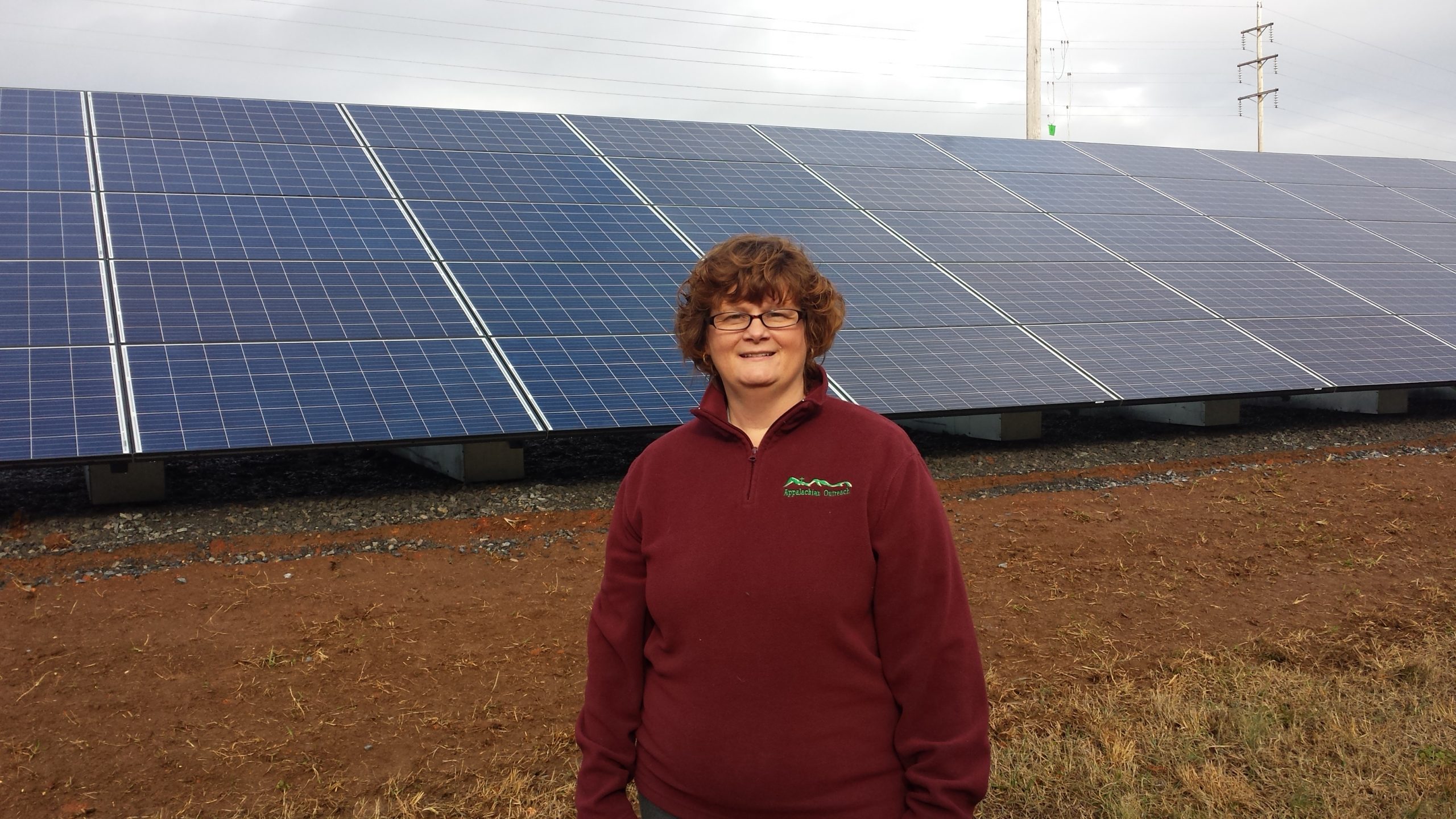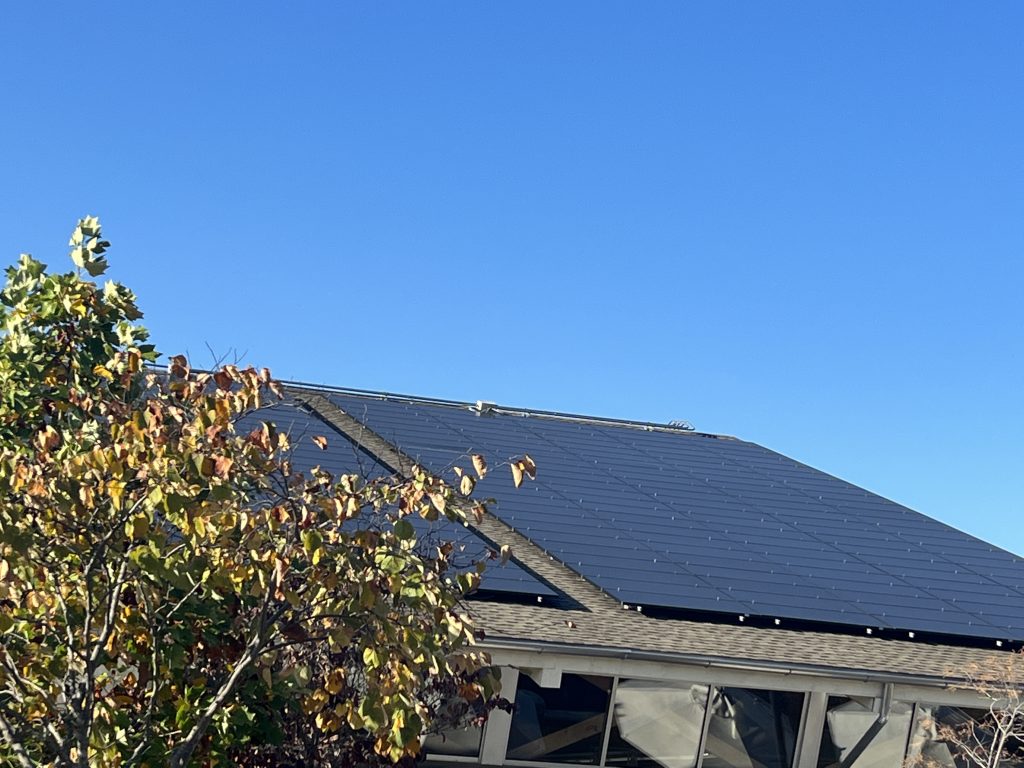
Last Updated on January 11, 2023 by Anne Brock
Doing the most good for the most people in the community includes the daunting task for nonprofits of managing overhead that includes the rising cost of energy. What if your nonprofit could reduce energy expenses for years to come? That’s where solar comes in for more and more organizations, since solar allows you to plan for the cost of energy ahead of time, with the levelized cost of energy typically being lower than the rate your utility company charges. Using your free fuel source – the sun – once you purchase a photovoltaic system, your costs are locked in for future energy production. At Solar Alliance, we can work with nonprofits on a variety of ways to receive assistance with their solar installations.
Nonprofit Solar Power Options
Third-Party Ownership
Third-party ownership of an investor’s new solar installation has cut energy costs for Appalachian Ministries of the Smokies (formerly known as Appalachian Outreach). The Christian poverty relief organization runs a food pantry, coordinates home improvement projects and provides other services for the community in its home base of Jefferson City, Tennessee and surrounding counties. The group’s agreement with investor Wayne Wykoff provides a portion of what’s needed to keep coolers running and an administration office warm, while providing a regular payment to the organization.

Pathway Lending
Nonprofits needing to cut energy costs can also look to a resource called Pathway Lending. It focuses on a loan product for Energy Efficiency & Renewable Energy financing. Pathway Lending offers low-interest loans for nonprofits and government entities as well as businesses. These are below typical market rates. This can be as low as 2% for a five-year loan, 5% for a ten-year loan or 2% for six-year capital outlay projects for government entities.
The Appalachian Solar Finance Fund
Other nonprofit groups are looking to a program called the Appalachian Solar Finance Fund to potentially cover a portion of costs associated with adding renewable energy. The fund takes applications for solar projects in areas that have been considered most at risk. The group updated its policy recently to note that it will most likely cover 10 – 20% of a project cost. However, it can also assist nonprofits with resources such as bridge loans that might make a solar project more practical to implement. Director Autumn Long said, “The Appalachian Solar Finance Fund is pleased to help support the impactful work undertaken by our region’s nonprofit organizations. Going solar not only offers major long-term cost savings for these important local institutions, but also provides a host of environmental benefits, economic development opportunities, jobs creation, and new investment flowing into Central Appalachia’s coal-impacted communities.”
Tax Incentives from the Inflation Reduction Act
For the first time in history, nonprofits are also eligible to take advantage of the tax incentives that businesses have received for years when investing in renewable energy. This is the Direct Pay option outlined in the new Inflation Reduction Act for the United States. It amounts to a minimum of 30% back from the federal government in lieu of the 30% tax credit a business would receive for adding renewable energy production such as a solar array. The Environmental and Energy Study Institute explains in part here how nonprofits are finally included in this generous incentive to use renewables:
“The Inflation Reduction Act recognizes that state, local and Tribal governments, as well as nonprofit organizations and other tax-exempt entities, have played and will continue to play a central role in making investments to build a clean energy economy. To further promote broad-based investment across the country, the Inflation Reduction Act allows these actors to receive certain tax credits as direct payments from the Internal Revenue Service, streamlining these entities’ access to key incentives and supporting their investments in local communities. State, local, and Tribal governments, as well as non-profit organizations and other tax-exempt entities, may elect to receive the following credits as direct payments:
- the Alternative Fuel Refueling Property Credit (§30C)
- the Production Tax Credit (§45, §45Y)
- the Credit for Carbon Oxide Sequestration (§45Q)
- the Zero-Emission Nuclear Power Production Credit (§45U)
- the Credit for Production of Clean Hydrogen (§45V)
- the Credit for Qualified Commercial Clean Vehicles (§45W, tax-exempt entities only)
- the Advanced Manufacturing Production Credit (§45X)
- the Clean Fuel Production Credit the Investment Tax Credit (§ 45Z)
- the Investment Tax Credit ( § 48, 48E)
- the Advanced Energy Project Credit ( § 48C)”
Technical Assistance & Higher Education Institutes
Another option for nonprofits to tap into is potentially free technical assistance via institutes of higher learning. Your group may qualify for a free energy audit and some planning for reducing your carbon footprint through a nearby college or university. Some examples of offices that provide this are the
- Tennessee Center for Rural Innovation
- The Mountain Association (for nonprofits and local governments in Appalachian Kentucky)
The Mountain Association also offers low-cost financing for solar installations as a Community Development Financial Institution.
Need Help Lowering Your Nonprofit’s Energy Costs?
If you run a nonprofit and are doing any long-term planning that includes the levelized cost of energy – what it really costs to keep the lights on or food pantry coolers running – we may be able to help. Part of our full-service approach to a solar project is grant application assistance along with project planning and engineering. Give us a call or let us know online how we can help you get started on energy savings – so you can do even more good for more people in the coming years!
